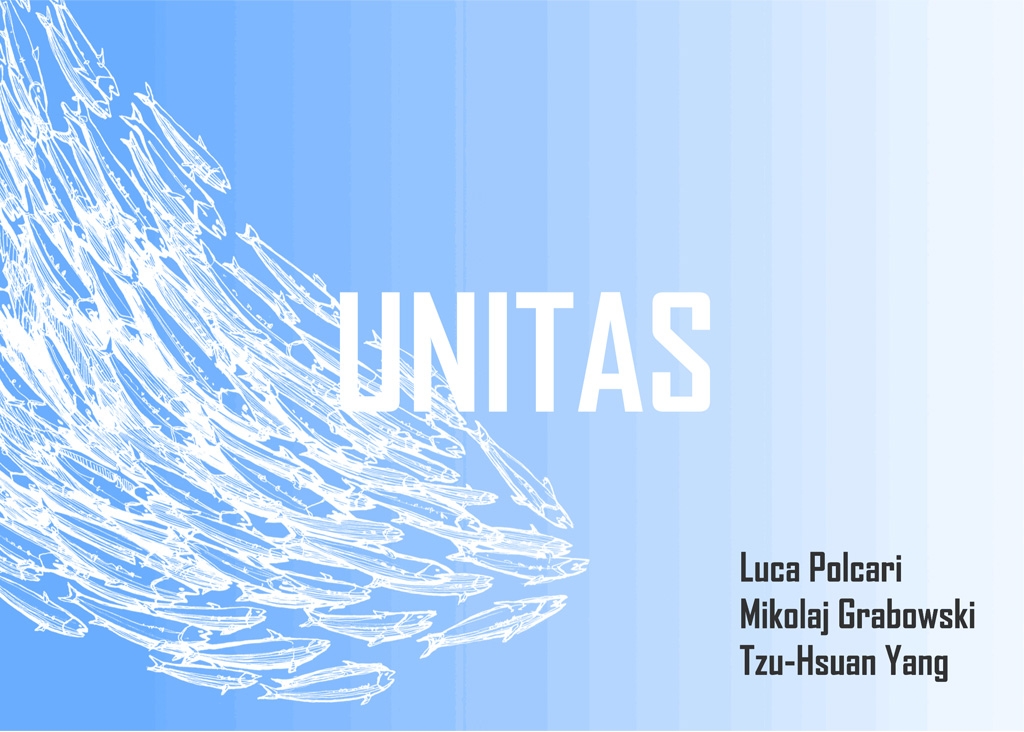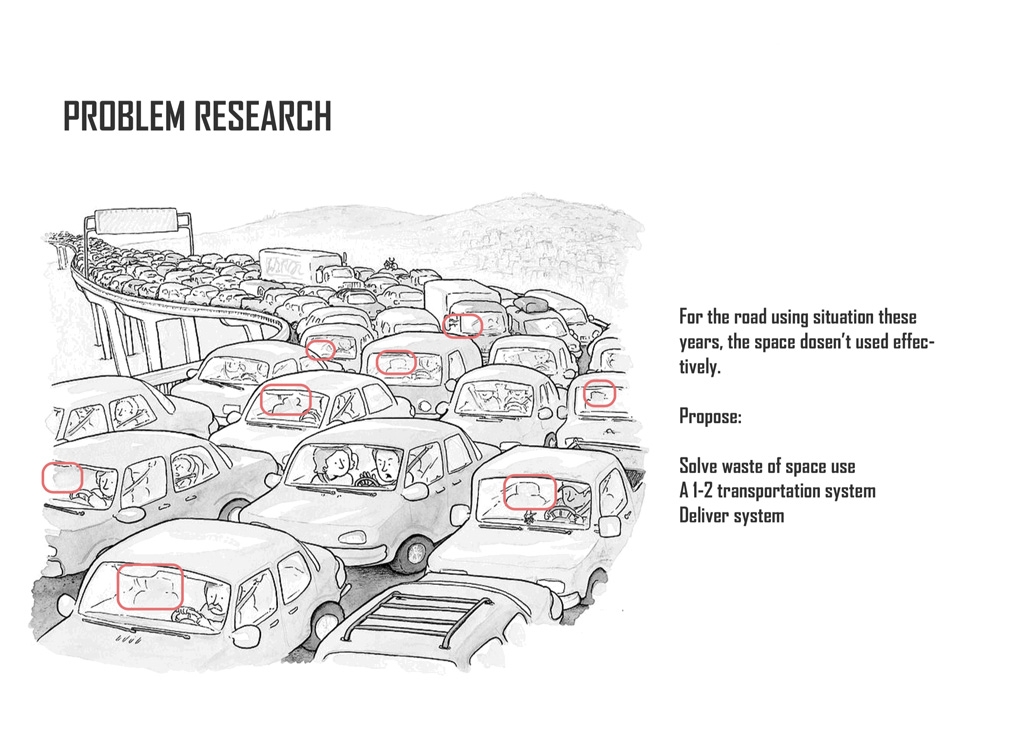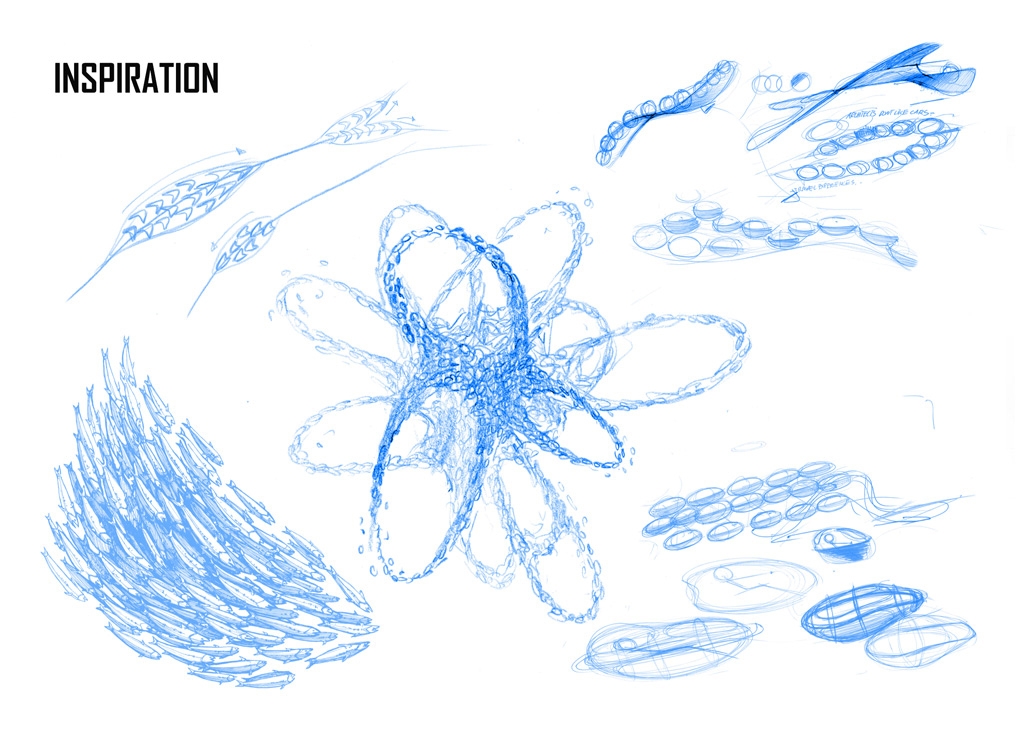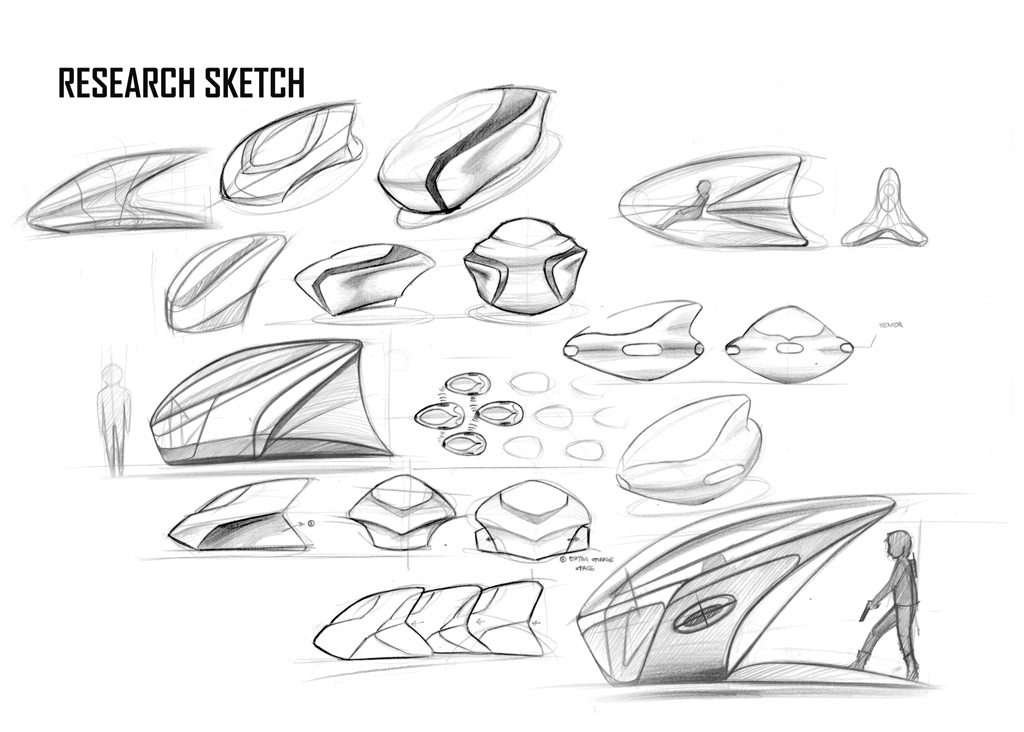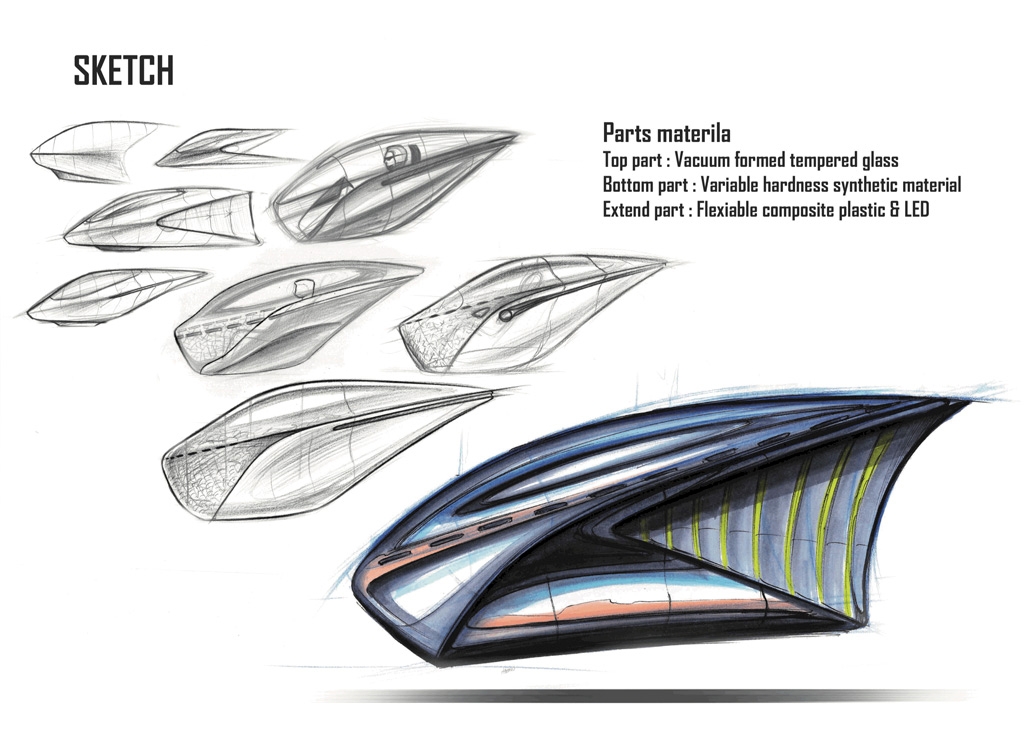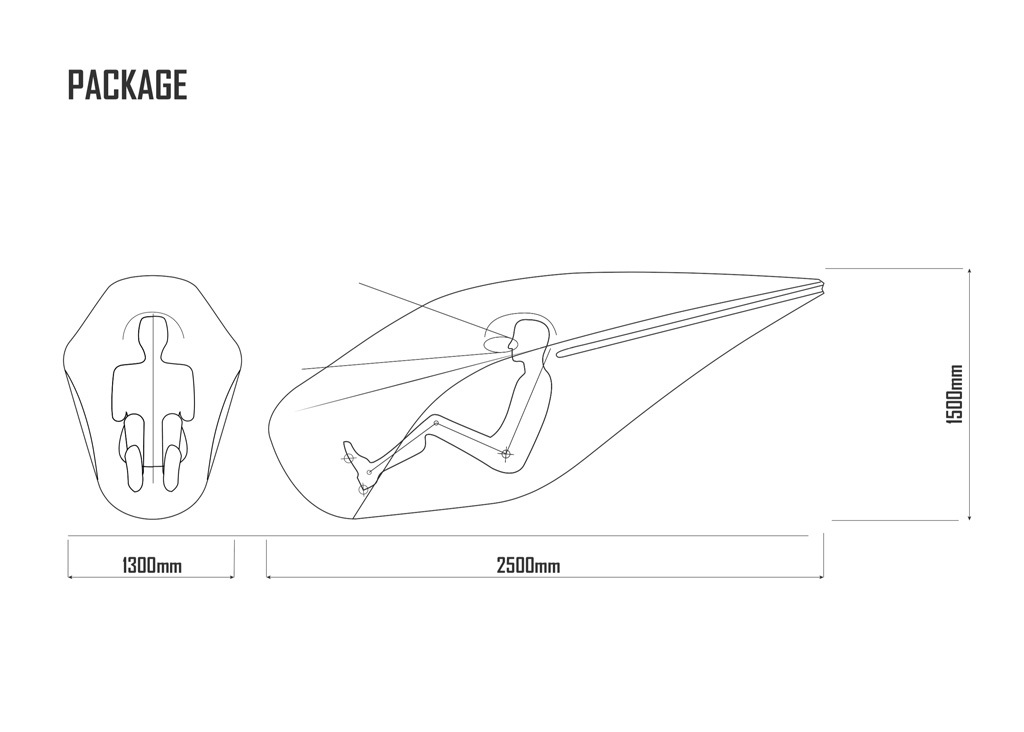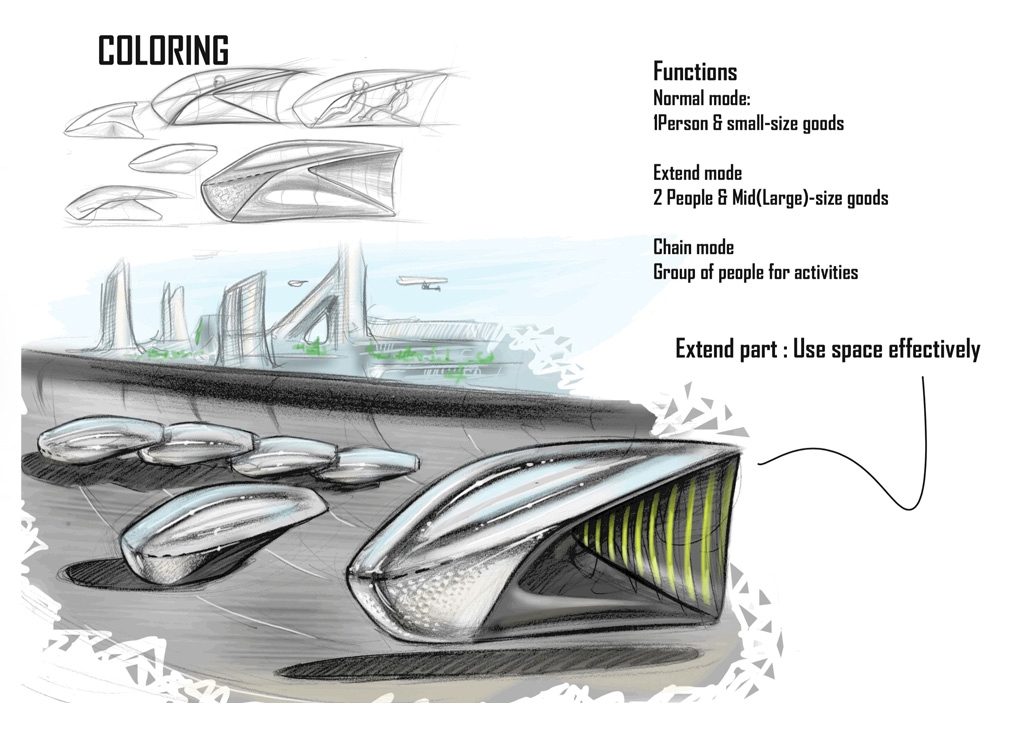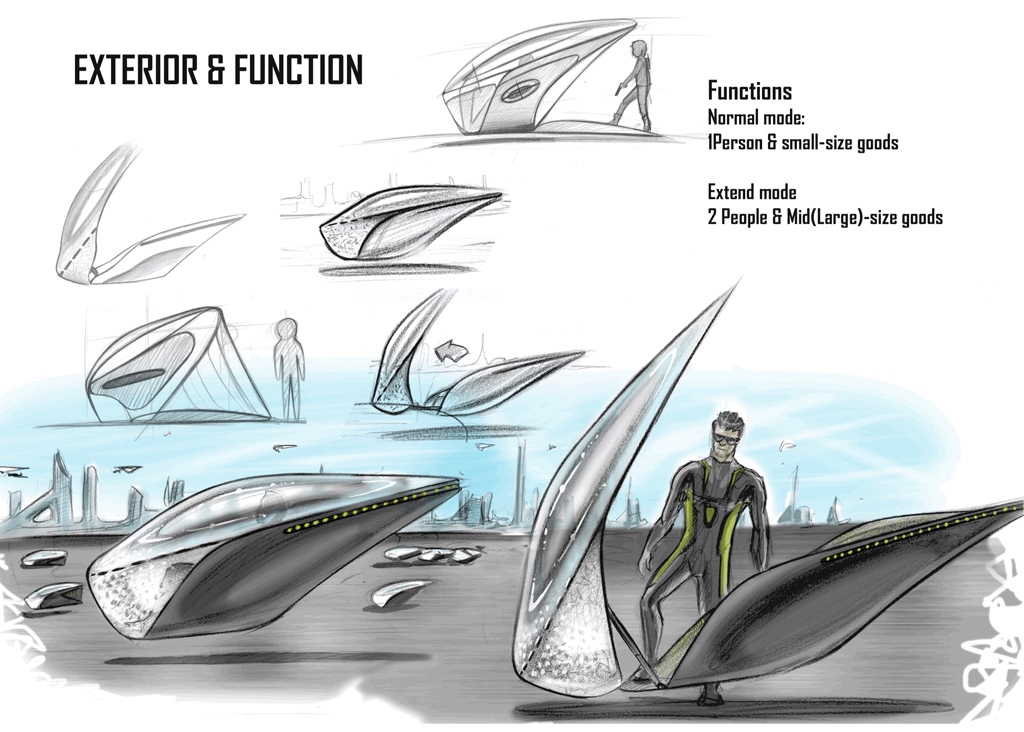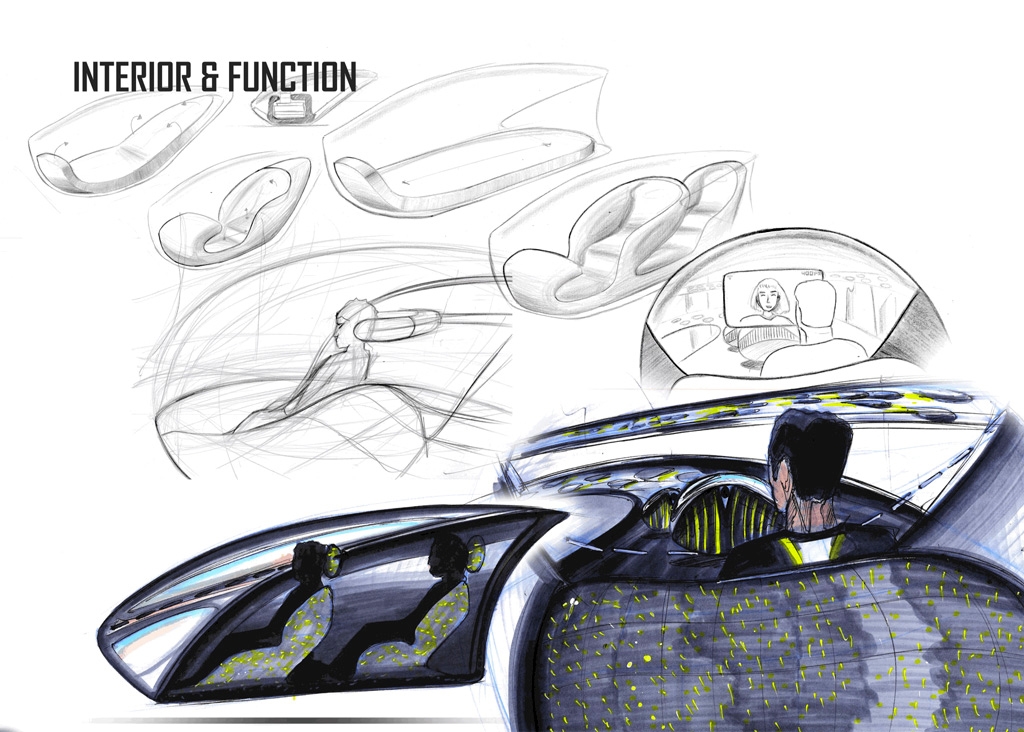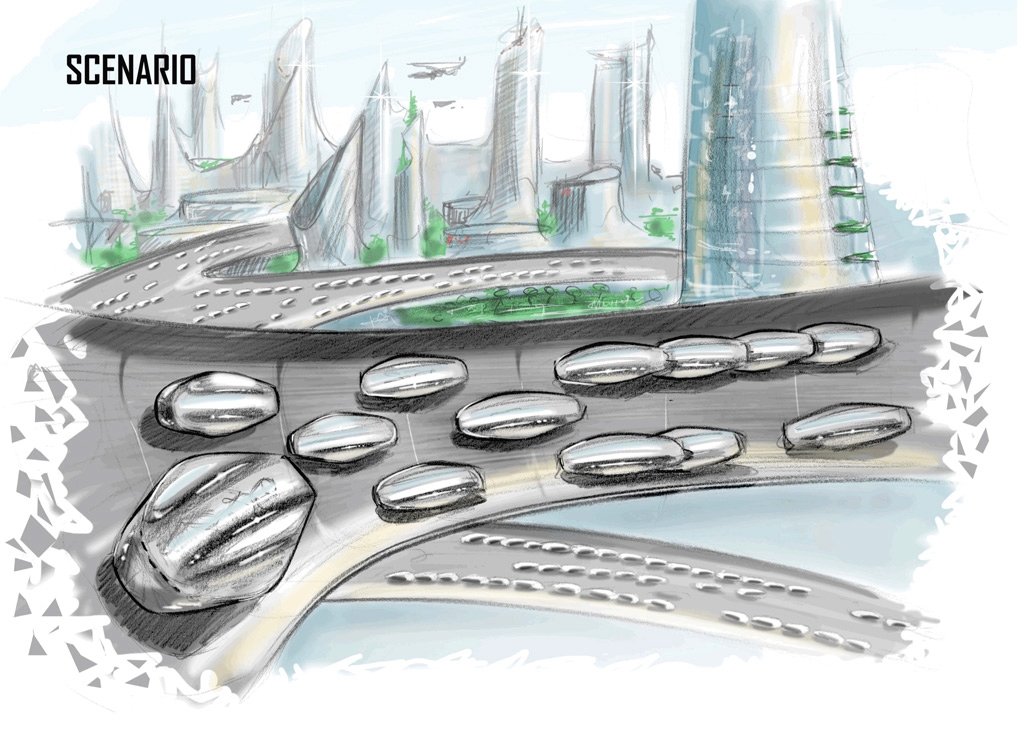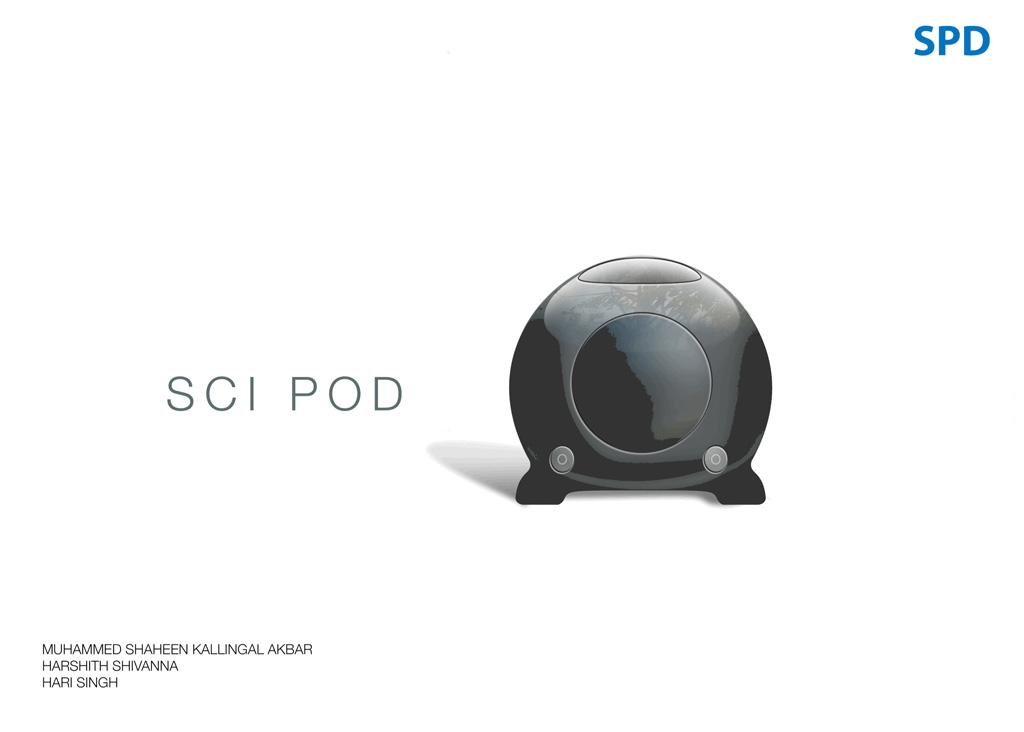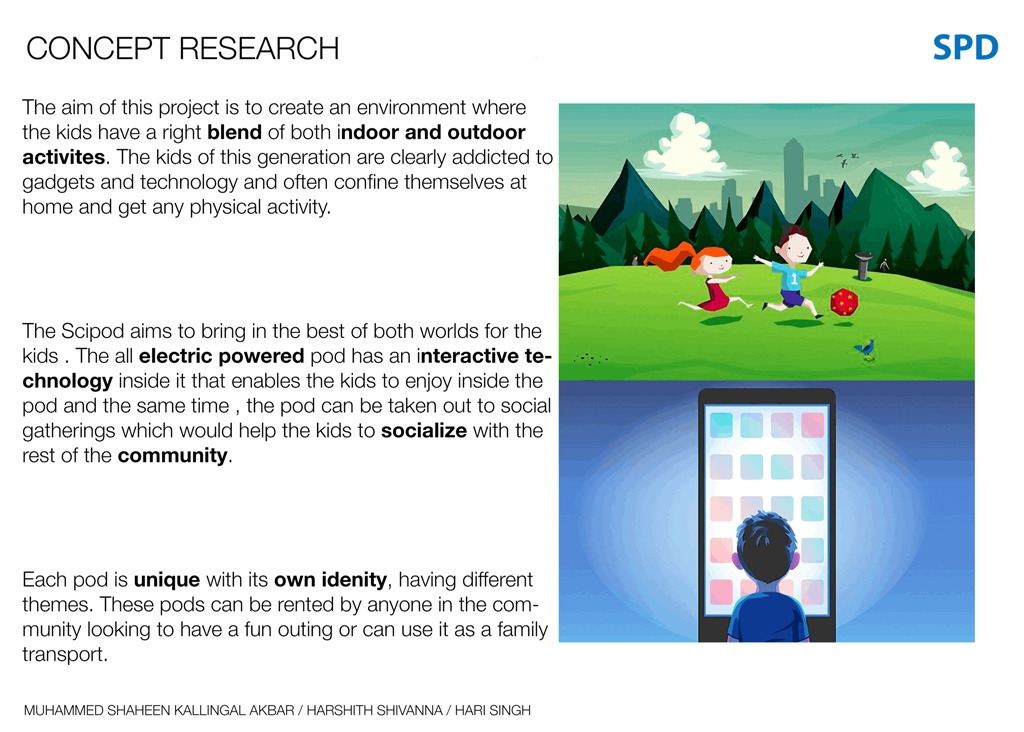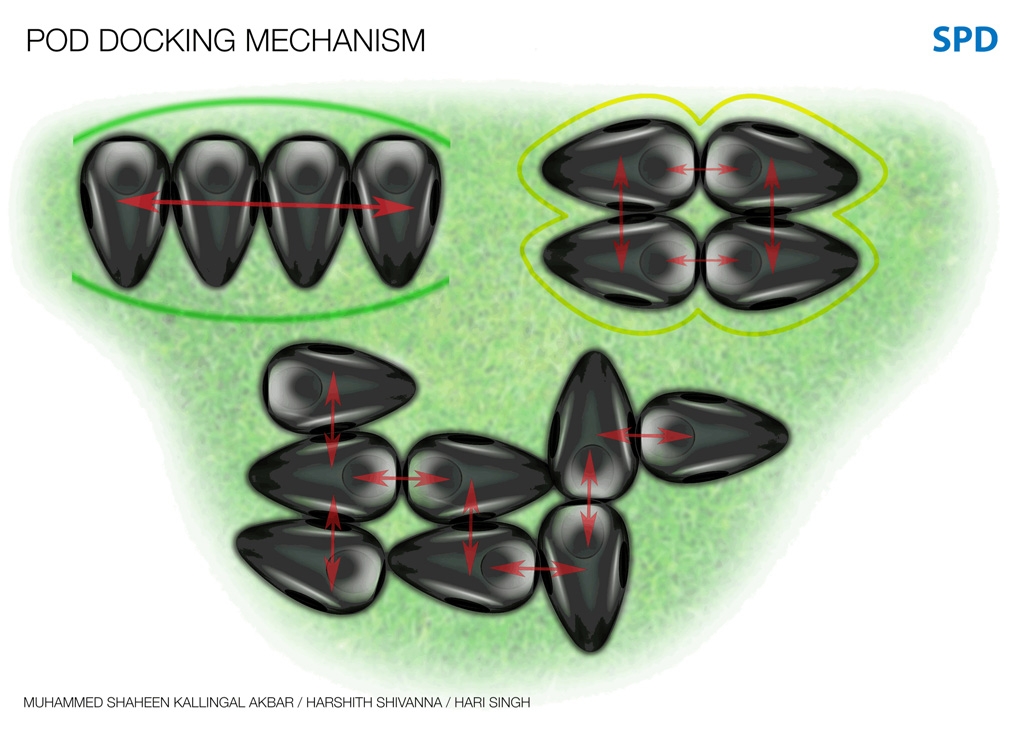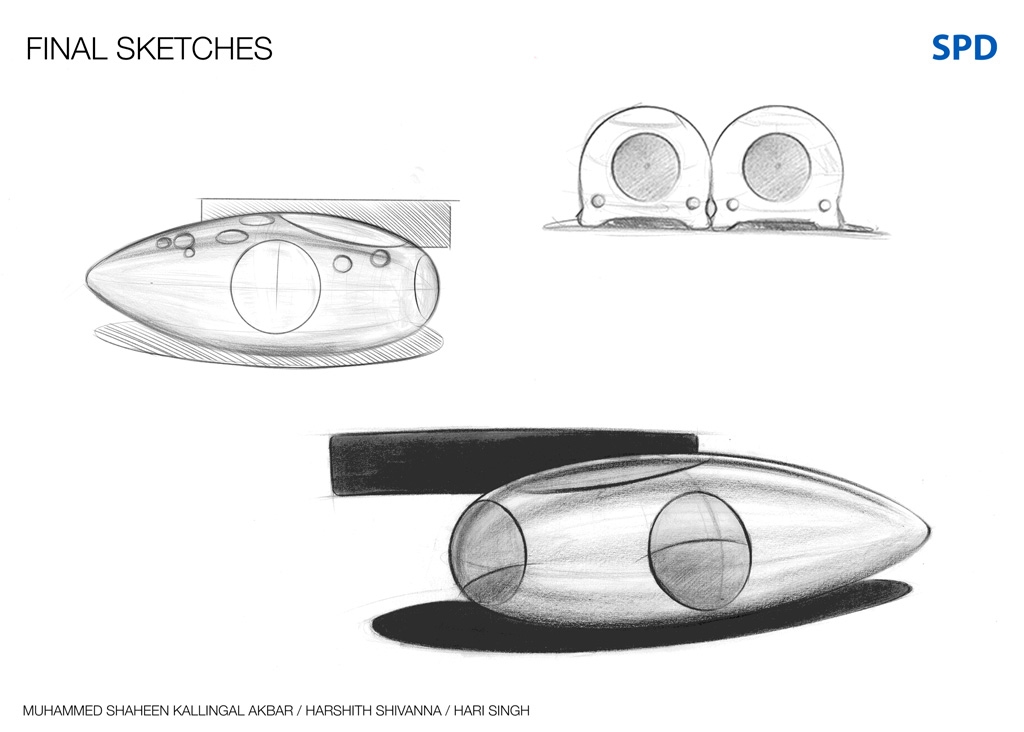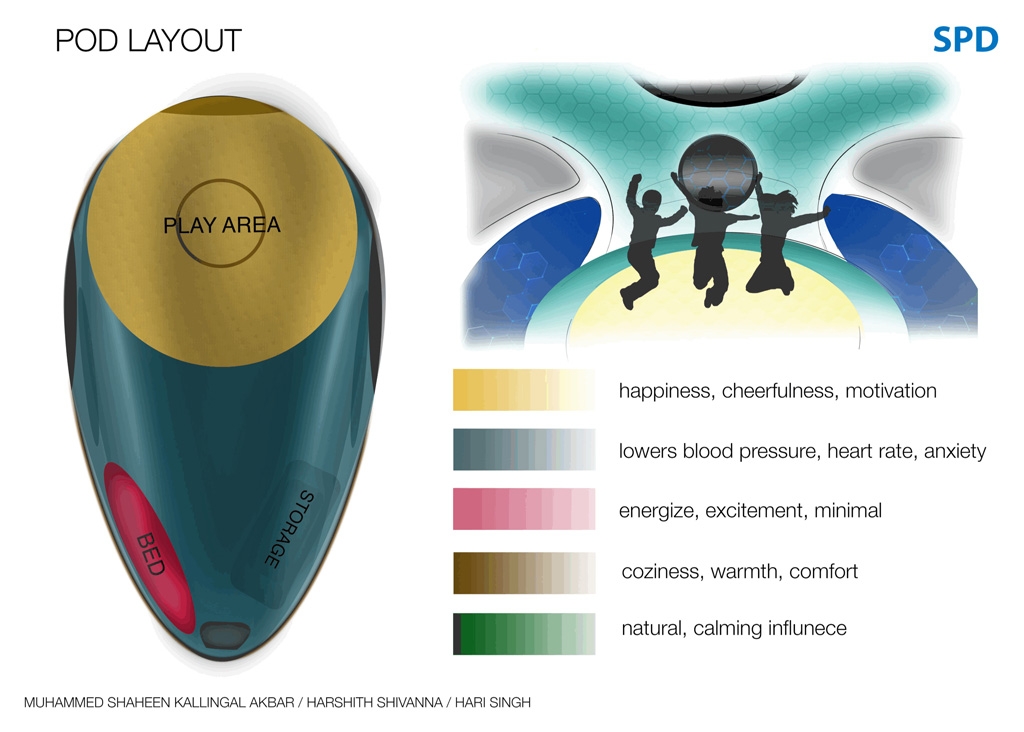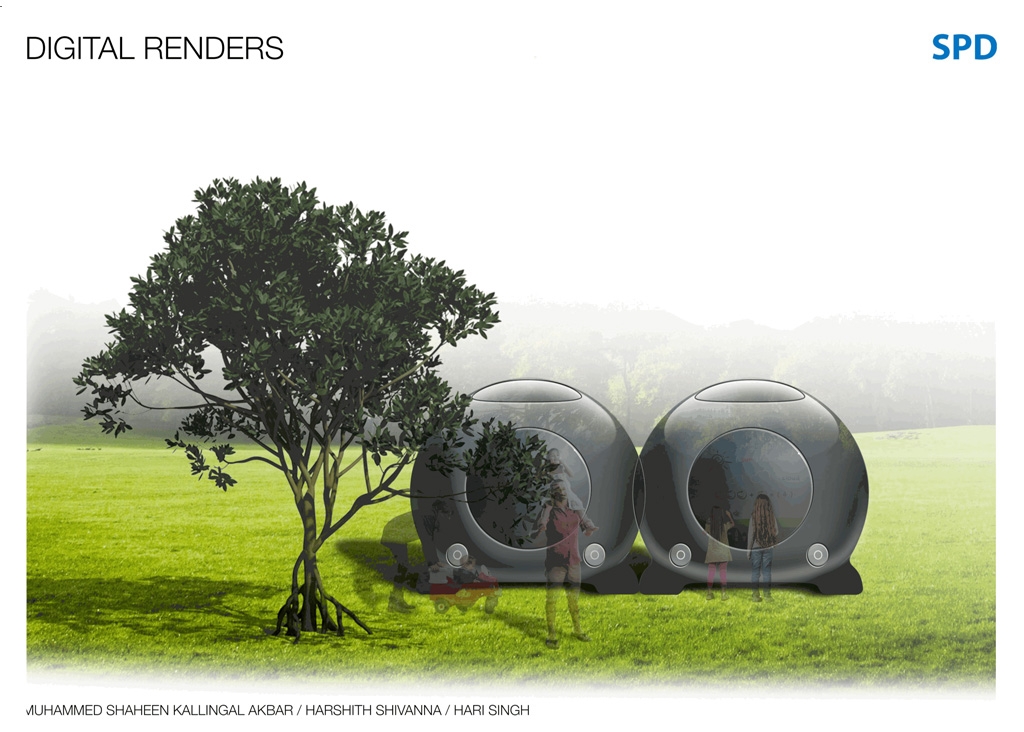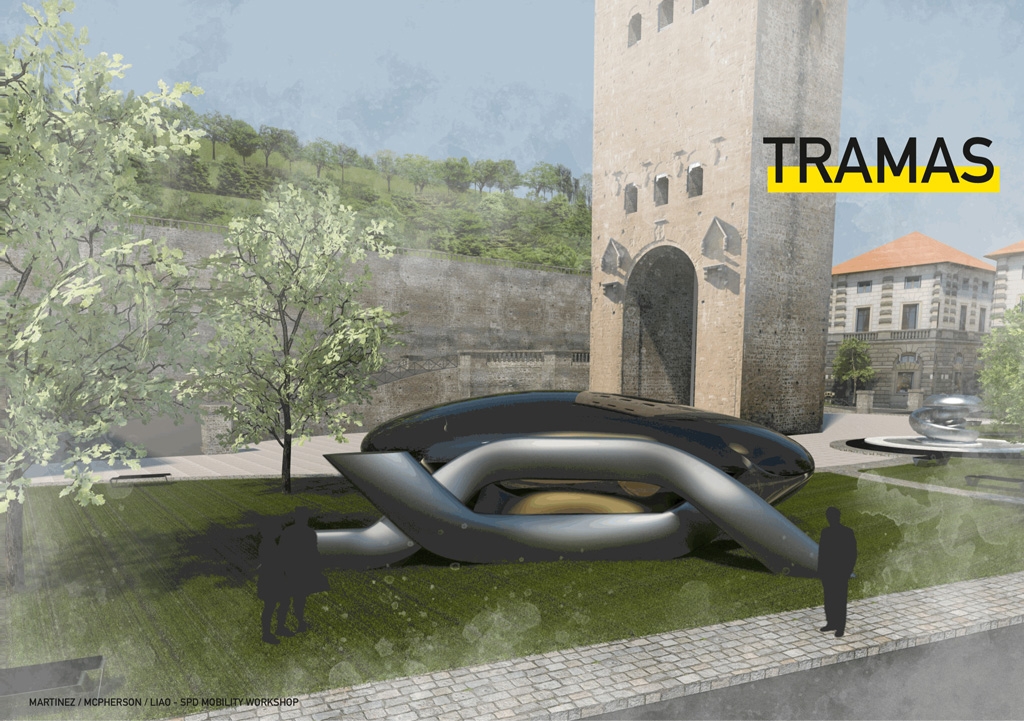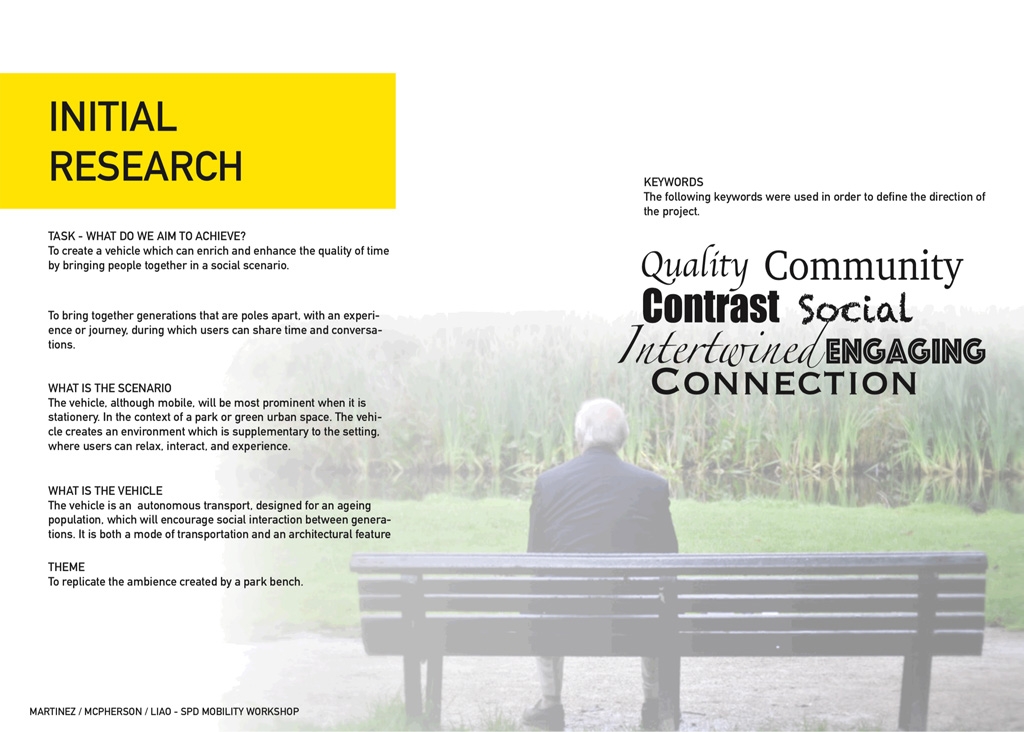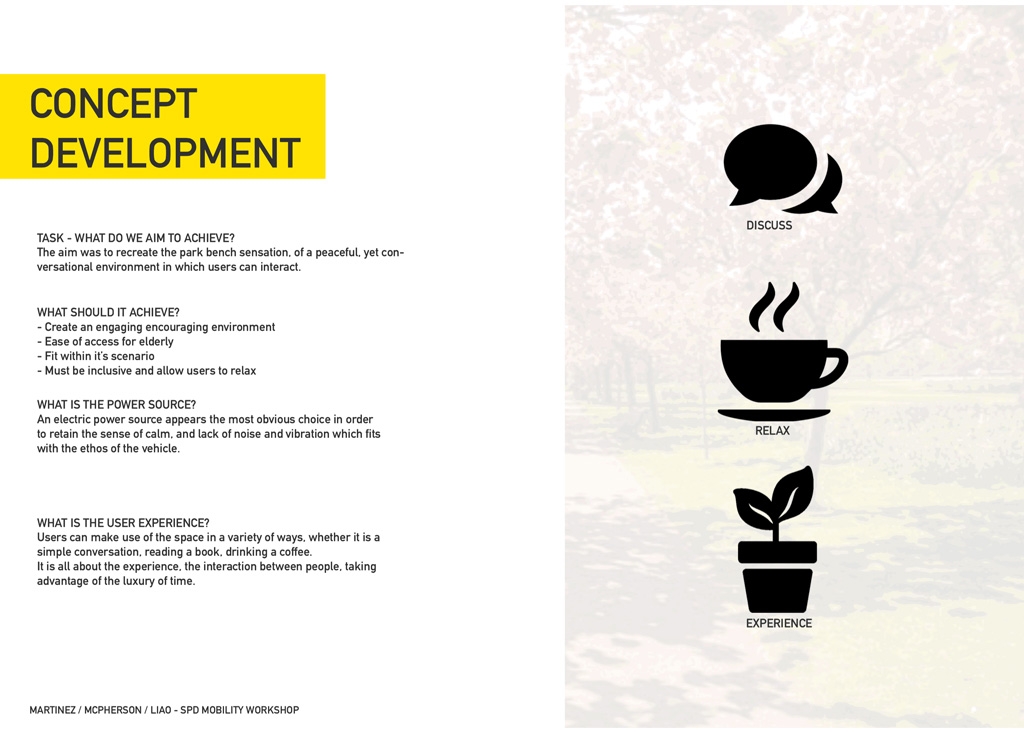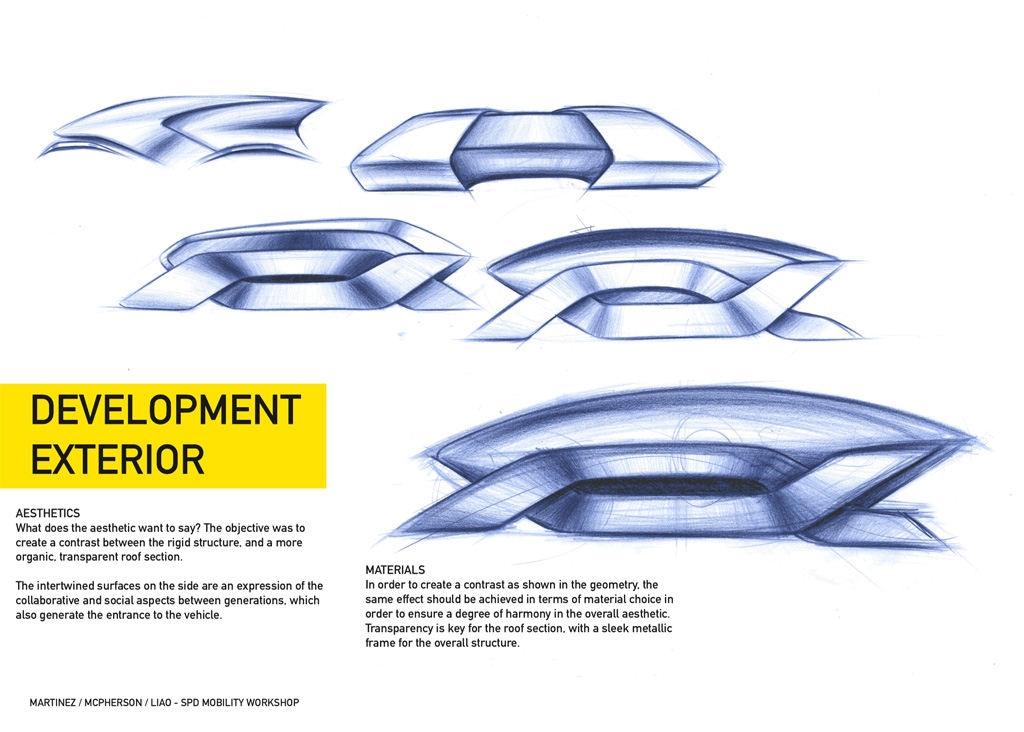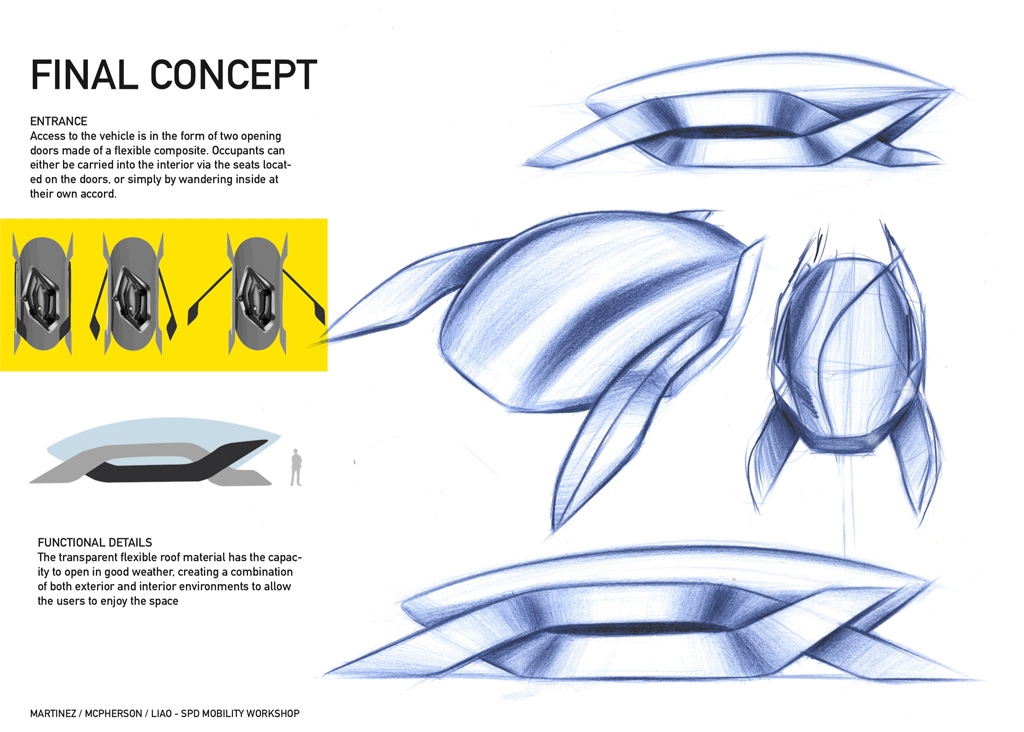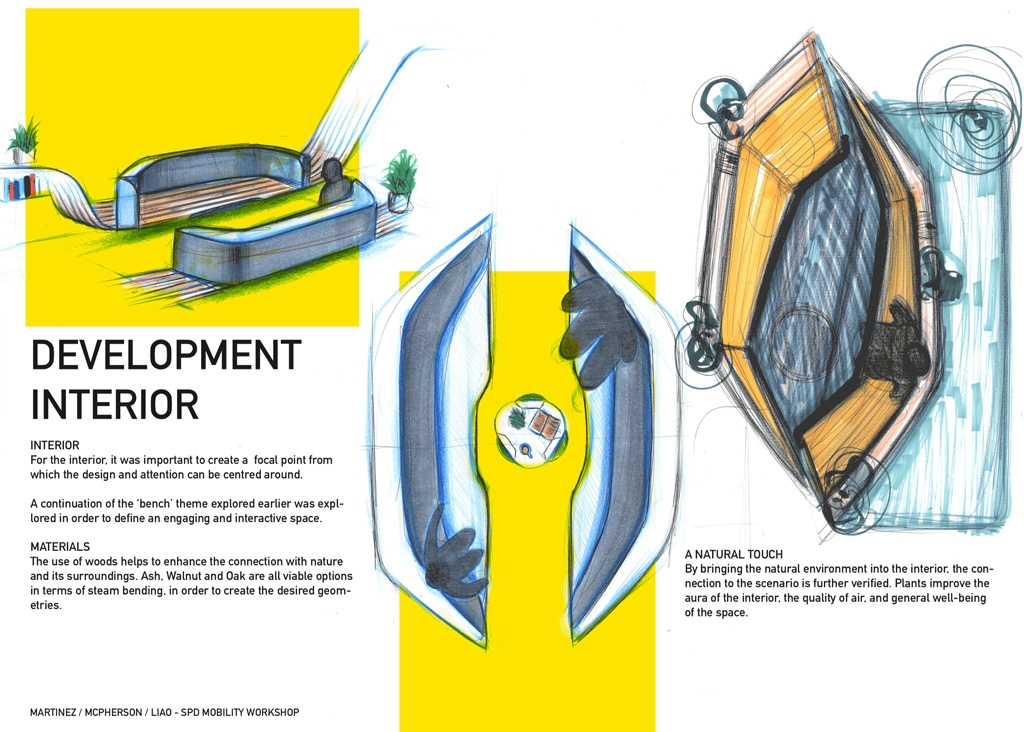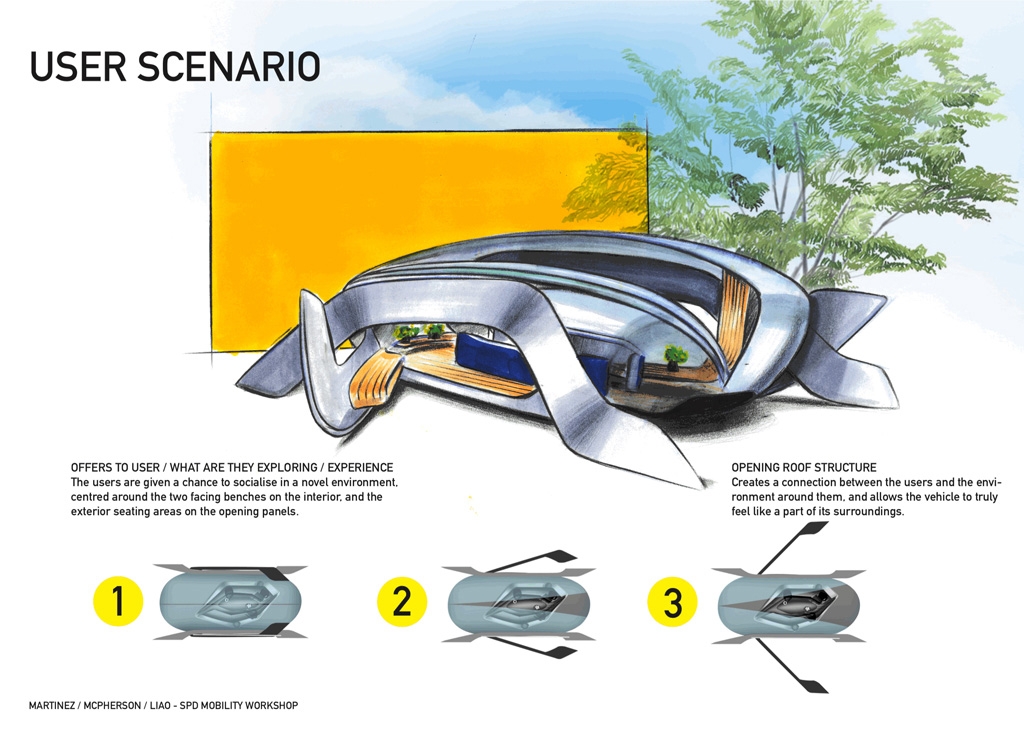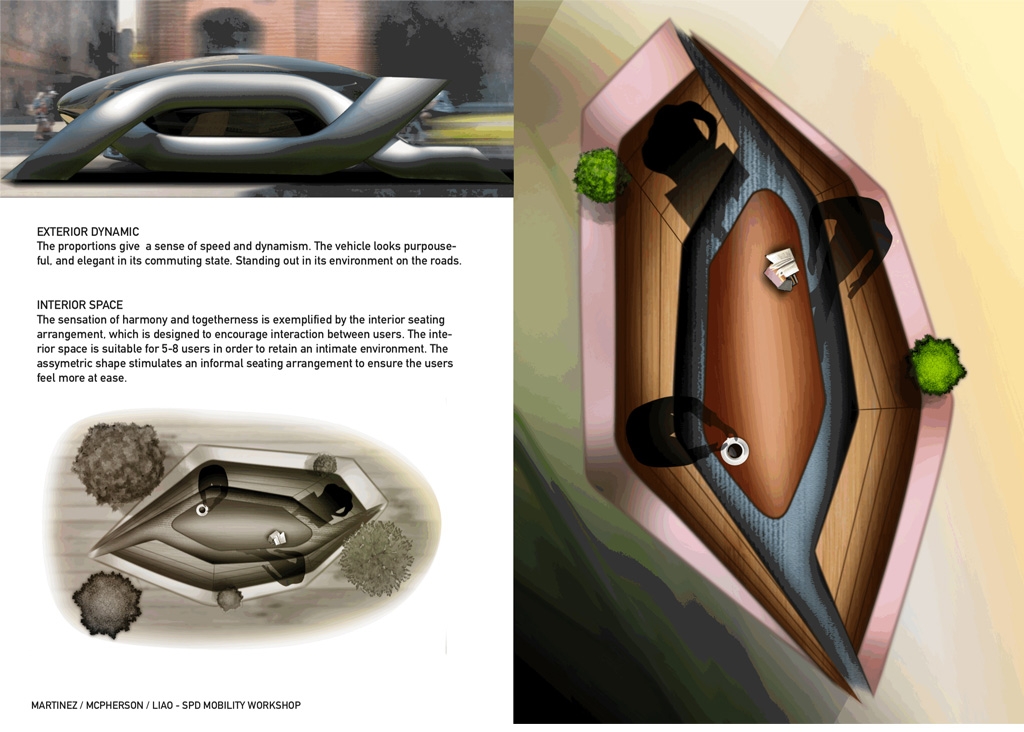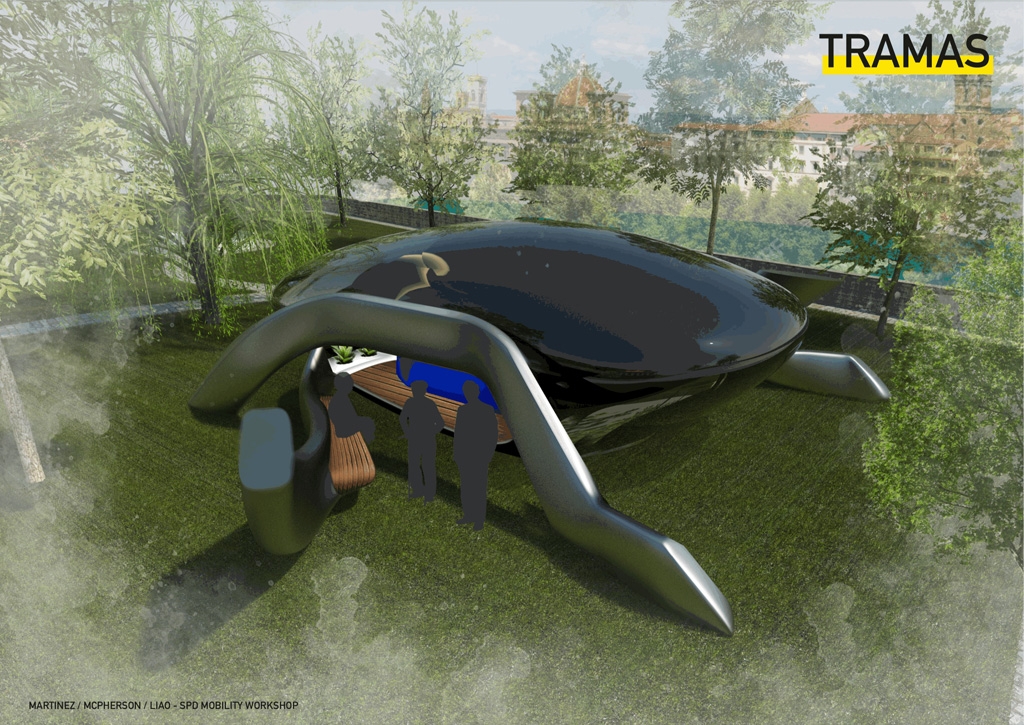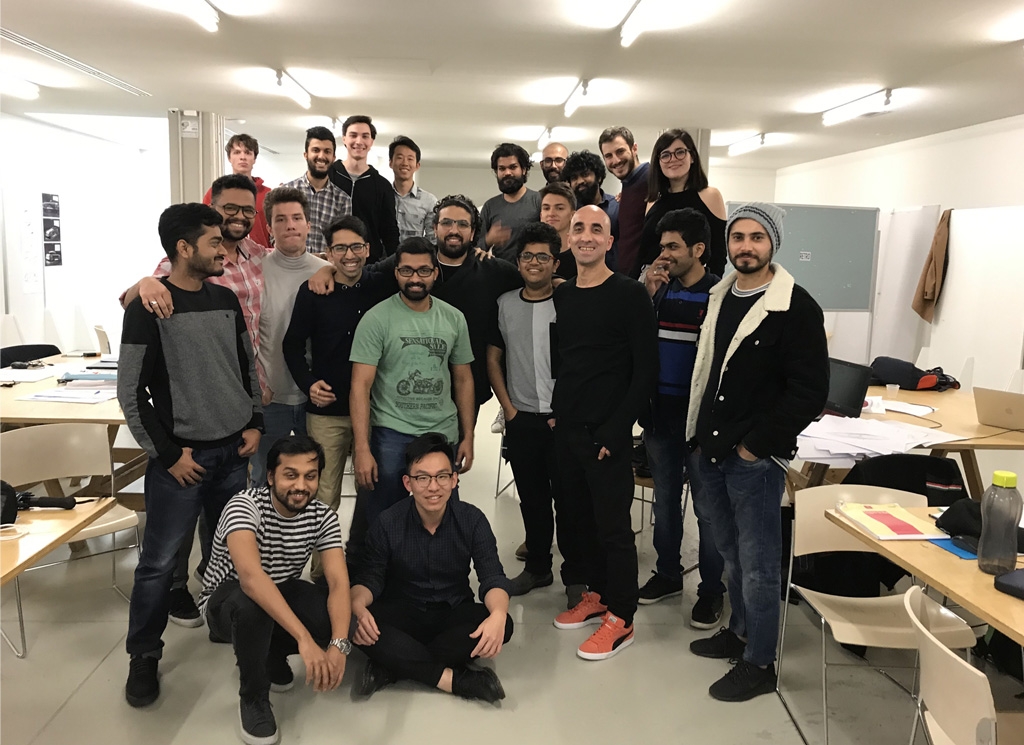WORKSHOP
FUTURE MOBILITY
THE PARALLEL CAR
SPD Scuola Politecnica di Design, Milan
Car and Transportation Design Program
7–12 April 2019
CONTENT
Conceptual Foundations and Future Practices of Car Design
Car: Intangibility of Motion. Abstraction of the Body. Mechanical Humanity
Experience in Motion, in Every Scenario
Car: Active Energy Experiment. Personal Declaration. A Holistic Medium
The primary objective of the workshop is to develop a car (or vehicle) design project by extending its existing conceptual practices and forming its future foundations. The process aims to address how car design can and needs to evolve in response to changes in our social, technical, and functional contexts.
As a part of this effort, as we value diverse perspectives, it is conceptually and thematically open with respect to what functions and areas to engage with. Considering contemporary and historical challenges of car design, some issues emerge: the need for a more connected man-machine interaction and better developed car architecture that calls for how design practices can be redirected to enhance user experiences; a post-industrial future that calls for a change in car design from being oriented towards simply use and user to reach deeper patterns of form and function, towards addressing the context in a much broader sense; connected technologies altering the ways things are made and shared, even becoming new infrastructures for design. And a new car design paradigm that needs to evolve its ways of dealing with complexity apart from styling to name new challenges.
The workshop aims to engage in research on what the car could become with practical and functional design experiments that can give material form to imaginative and purposeful design futures. Progressive and inclusive perspectives are necessary components in the development of the conceptual foundations and future practices of car design. Therefore, this workshop is part of the efforts to contribute to furthering these perspectives in order to be in dialogue with the world around us to make a difference that matters and to provide the ability to interact with society in order to increase functional performance and understanding of car design.
SUBJECTS
To Effectively Get People From A to B
Car: Can It Be a Documentary?
Collaborative Expression, Still or in Motion
Car: Life on the Move. Mobile Revolution
Future User. More Than Driver: In Mind
Car: Visually appealing. Integrated into the urban environment. Adaptive, flexible, and transformable
The car is in the process of change, and it will acquire even more capabilities and intelligence with smart networking and communication solutions. Today’s evidence proves that in the future, there won’t be just the car but rather various forms of mobility. This will lead to a new architecture for the car as well as innovative packaging systems that will make these changes possible. The new role of the car in society will create space in cities for other forms of individual mobility in lean, lightweight, and efficient ways. Therefore, during the process, projects will be discussed in terms of architectural, functional, aesthetical, technological, cultural, social, environmental, and sustainable aspects.
Apart from the idea of existing car typologies designed with a built-in mindset, the formula will be to blend a car and its functionality into maximum customization, better adaptation, and improved integration between man and machine by considering cars not only as mechanical but also as sensuous and semiotic architypes. Studies will be assessed in the context of open platforms based on variable, modular, transformable, transmorphable, programmable, flexible, and adaptable design aspects to transform the car around the user’s needs per pro and accessibility to spend more time with things that matter. Furthermore, a step change in material construction will be consequential for the final result, yet blurring the boundary between car interior and exterior will also take a central stage in order to create natural and intuitive experiences for users.
During the workshop, intending new types of car architecture through new design methodologies such as modularity, adjustability, and flexibility, together with self-transformation, self-healing, self-programming, and self-shaping material constitutions, will be evaluated to adapt the car’s morphology to the various needs of users. For the final result, together with new morphological norms, pro-activating the "life on the move" concept will demonstrate how future car contexts will better transform everyday lives by pro-crossing the cross section between car, architecture, and city platform to monitor human senses, feelings, and patterns. The workshop is also intended to provide new structural and symbolic typologies as well as aesthetic values for future cars to empower users interactions with their surroundings.
DESIGN ASSESMENT
FUTURE
With a setting and an opportunity, we can now start to shape a better world.
DESIGN
A purposeful tool that allows us to express our desires in the right blend between form and function.
Monitoring the evolution of existing relations between man and machine in accordance with the changes that may occur on behalf of a conceptual yet functional future car design paradigm.
Generating a car design project and its reinterpretations embodied by the varied needs of the users in an urban context and intending the evaluation of the transportation network as a habitat and an organism.
Embracing the interrelations and qualities of various vehicles and improving their interactions with the inhabitants.
Aiming to redefine structural and symbolic characteristics as well as the aesthetic values of the car that are better conducted in a cross-section between architecture and city platform.
Analyzing what would shape the future of mobility in terms of connectivity, efficiency, and functionality as key priorities.
Using a new type of car design methodology and changing the common architecture of the conventional car to introduce an innovative design that is able to adapt its morphology to the users and variety of needs.
Transforming man-machine interfaces to better connect the users to the cars physically and emotionally.
Developing cars into devices with their own intelligence and the capacity to act and provide information.
Task is to envision how connectivity and digitalization will revolutionize modern car design.
Investigating how a redefining purpose will transform a car’s form and function will play a role in shaping new journeys.
Creating an interdisciplinary vision to demonstrate its commitment to shape new forms of cars better suited to the way we interact today.
The workshop will focus on the analysis of the given functions of contemporary cars to analyze the current stress of users as well as the limitations of the car interior. In this context, it is aimed at tackling the issue of function in its broadest sense. During the studies, we might have gone through three phases based on functional and practical investigations.
The final project should not be categorically defined as a conventional car but one that expresses different qualities from various types of vehicles.
During the process, concepts will be considered in accordance with functional as well as aesthetic criteria, incorporating technological innovation, quality of execution, clarity of structure, and simplicity. In regards to future car and transportation notions consisting of advanced technologies and new production systems, projects will be assessed in the context of variable, modular, transformable, programmable, flexible, and adaptable norms and evaluated by a wider sense of driving. Furthermore, projects will be intended to shift the perception of the structural and functional formation of conventional cars with broad pragmatic values.
METHODOLOGIES
Starting with brainstorming, concepts will be acquainted with the different methodological steps described below gained through a series of various creative experiences to gather new information and evolve the experiences.
Problem Tree: A tool for clarifying the problems addressed by a design project. A structured hierarchy of problems with higher-level problems.
Mind Map: A diagram is used to represent a number of ideas or things. Using images, symbols, or words for nodes, selecting keywords, and analyzing information and relations.
Storyboard: A form of scripting that communicates each step of activities, experiences, or interactions. Creating the story and the users.
Moodboard: A collage of images and words that includes samples of forms, colors, and textures to convey the complex emotional communication of the intended design. Collage involves gluing abstract images or words onto cardboard that may include objects, materials, structures, and interactions. Collecting and analyzing the stories.
Concept Sketch: A fast freehand drawing. Individual designers generate sketches, and each designer presents their ideas to the group.
Cognitive Map: A mental map of an environment is one in which people remember and recall physical or virtual space and spatial experiences.
Paper Prototyping: A quick way of gaining insight that simulates the function but not the aesthetics of a proposed design. Underlying the content, form, and structure.
Scaled Prototype: Building a prototype that looks like and may work like the finished product. Testing the product and evaluating the results.
User Experience (Group Work): Documenting and visualizing the experiences that users have and their responses to their experiences.
RESULTS
Considering the current path and dramatic era that the car industry has been going through, it would easily be proven that the next few decades will bring many major changes around car typologies and architecture in a wider sense. In the future, car designers will have more importance since car interactions with people are increasing while driving is no longer the main issue between man and machine. Therefore, unlike in the past, the workshop aims to evaluate whether producing a car blending beauty, speed, freedom, and luxury will not be a car designer's primary concern. Instead, the challenge will be posed by creating a car that meets the needs of increasingly sophisticated consumers by leading to greater diversity and customization in various functional and spatial dimensions.
In the mean time, reshaping the content of cars will take center stage as new methods of production and advanced materials will provide the opportunity for new car architecture, technical packages, and open platforms. The significance of cars as an individual status symbol has been changing, and new values have gained increasing importance, such as firmly established seamless networking with the community and wide-ranging interaction with cars and surroundings. Aiming to upgrade the idea behind the car will provide people with new journeys that consist of better functions as well as improved interaction between man and machine. In the medium term, accelerating the car as a central area of personal and social consequences with its high impact in transforming the form and function scope will create new architypes as well as tools in order to achieve the future necessities of the users. As a result, with its conceptual structure, experimental nature, and functional extents, the workshop aims to demonstrate innovative projects to achieve a car that is beyond preconceptions and set typologies to attach users more to the car physically and mentally.
OBJECTIVES
1. Introduction of the structures of car design by using a multidisciplinary approach such as architecture, urban design, material engineering, ergonomics, product design, and performance with environmental sustainability and social awareness; also paying attention to technological and production constraints.
2. Embracing the design process into new experiential concepts, redefining the architectural structures of cars, and moving forward with new criteria for efficiency and future responsibilities.
3. Parallel to the theoretical and conceptual training, offering studio projects organized into design concepts and their refinement up to digital modeling.
4. Exploring the micro and macro mobility systems responding to the new city typologies by bringing today’s transportation and vehicle design paradigm into question to interpret environmental issues, global economic manners, and the new social structures.
5. Observing progressive transportation concepts serves to challenge future mobility scenarios where cars are no longer the must-have actors.
6. Raising awareness and sensitivity towards the future and expanding the abilities to choose appropriate design research methods to utilize for a considered abstract.
OUTCOMES
1. Awareness of transferring research that can be applied to various projects following the activities in car and transportation design.
2. Acquaintance with the different steps required during the process, such as hypothetical discussions, debriefing, and project conceptualization gained through case studies of future mobility scenarios, design evolutions, and analysis focused on social structures, art, and architectural inspirations.
3. Reflecting the knowledge of transportation design history and its evolutions complementary to theoretical and design practice based on design methodologies, vehicle architecture, and technological developments that resulted from the broader evolutions of mobility, particularly in car culture.
4. Helping students think freely beyond the constraints and transfer the idea of a result-driven process into a conceptual project where time management and a continuous progression are the keys.
5. Structuring the project and applying a variety of techniques, including collages, diagrams, storyboards, prototypes, simulations, video, photography, and so on.
6. Flexibility to question any given or existing typology and incorporate the outcome into the research process, not just for the final project.
REQUIREMENTS
For the final project, submitting a separate folder to illustrate how the project has developed and taken its final stage, presenting how the ideas and concepts were transformed and embedded into the final project, and manifesting how the final project is dealing with the given context concerning inconsistencies and discrepancies will be required. Furthermore, a log book including notes, sketches, visuals, and references, together with a final prototype, will be presented.
Criteria: Being responsible for thoroughly documenting and presenting the design process in the final proposal. Facilitating different design, documentation, and communication tools and methods such as drafting, sketching, digital modeling, modeling, prototyping, video, sound, mapping, and many others where necessary.
Statement: Submitting a separate folder to illustrate how the project has developed and reached its final stage during the process.
Presentation: Through different tools of presentation, it is also needed to be able to explain and discuss the project in terms of various aspects and issues, such as contextual, functional, technical, aesthetical, and social in details.
Conceptualisation: Presenting how the ideas and concepts transformed and materialized during the process and were embedded into the final project.
Finishing: The overall state of the research project does not solely include the material qualities of the final project, such as drawings or prototypes, but also how thoroughly the final project deals with the mentioned context in terms of inconsistencies and discrepancies.
Submissions: Log book, including drafts, research, notes, critics, visuals, and references. A4 or larger sketchbook. Final prototype or working model (scaled). User scenarios. Illustration of the proposed transportation system, network, and paradigm that structures the project adapted and positioned in. Detailed information on materials used, sources of energy, and manufacturing processes is provided where necessary.
Evaluation: User factor analysis. Comfort. Emotional and ecological sensitivity. Creativity and originality. Reflection of the future. Relevance to the given brief. Design quality. Presentation
Copyright © all rights reserved by Engin Tulay. Unauthorized use is a violation of applicable laws.
